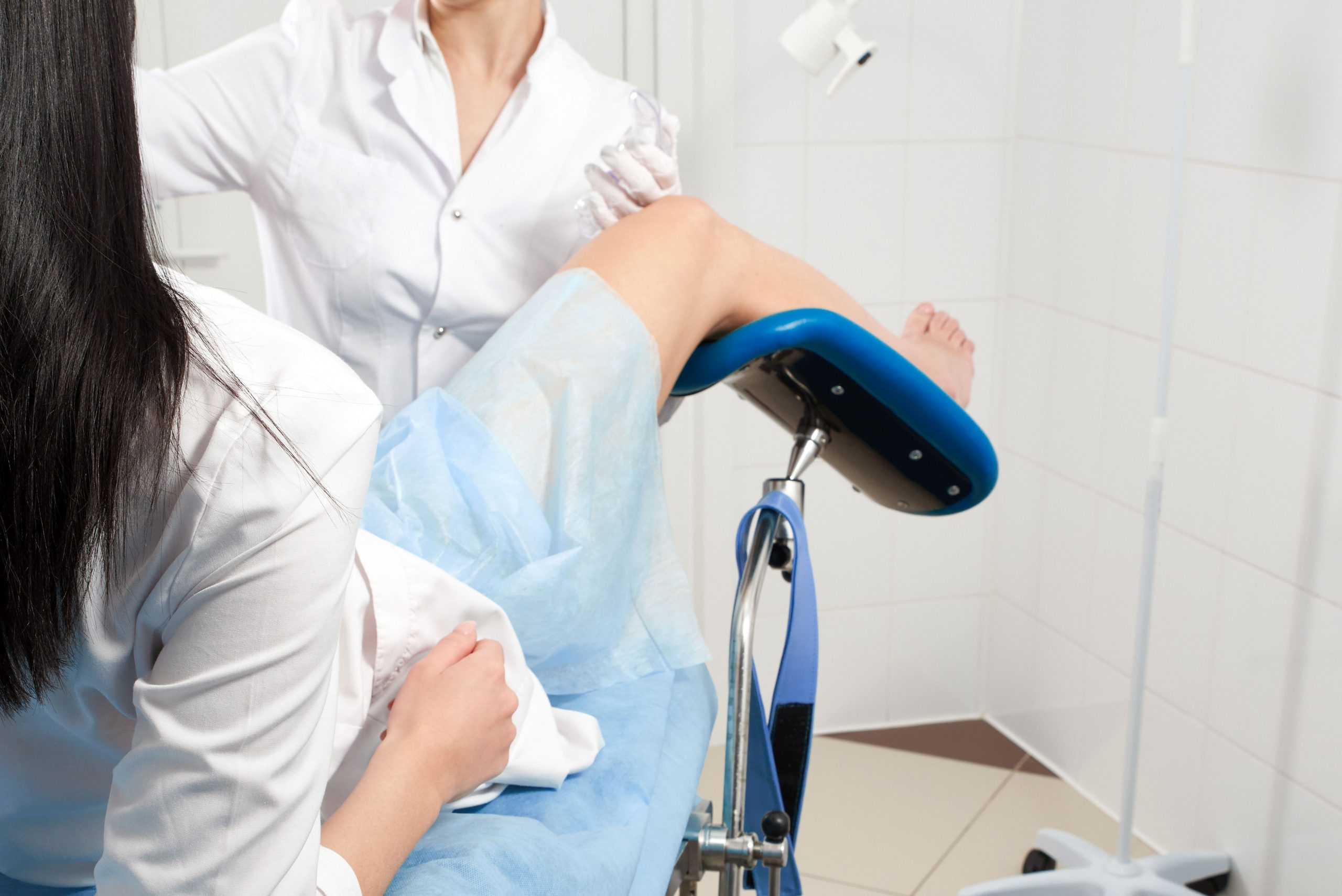Diagnosis of difficulties in getting pregnant and maintaining a pregnancy
Sono-HSG (ultrasound hysterosalpingography) is the least invasive method of assessing the uterine cavity and fallopian tubes. This method is used in the diagnosis of infertility to assess the patency of the fallopian tubes and to detect possible abnormalities within a woman’s reproductive organs (adhesions, septa, myomas, tumors, polyps, endometriosis) that may cause problems with pregnancy.

What does the Sono-HSG study look like?
The procedure takes place in the doctor’s office in a gynecological chair. Initially, a basic ultrasound examination is performed to rule out significant pathology of the uterus and adnexa, as well as unanticipated pregnancy. Then the doctor, using a speculum, dilates the vaginal walls, washes the cervix with a disinfectant solution and inserts a disposable, sterile catheter ending in a balloon. Once the balloon is filled, a saline solution is administered through the second channel of the catheter, which fills the uterine cavity and then enters the fallopian tubes. All operations are performed under constant sonographic control. On the monitor of the ultrasound machine, the doctor observes the shape and size of the uterine cavity and the flow of fluid through the fallopian tubes. The procedure usually takes about 15 – 20 minutes. The examination is usually painless, but general anesthesia may be used if the patient wishes.
When should the test be performed?
The test should be performed in the first half of the cycle – between the 8th and 12th day, after complete cessation of bleeding and spotting. The test is not performed during menstrual bleeding, even in the case of trace spotting from the external outlet of the vaginal part of the cervix.
How to prepare for the study?
In the cycle preceding the SONO-HSG test, the patient should have virological tests – (HIV, HCV, HBS, HBC, VDRL) and tests for Chlamydia trachomatis, Mycoplasma genitalium, Ureoplasma urealitycum to exclude inflammation within the reproductive organs. You should report to the clinic 15 minutes before the scheduled time of the procedure. Before the procedure, the patient will be given a painkiller.
Recovery after the procedure
Immediately after the procedure, the patient can go home. Any lower abdominal pain can be relieved by taking painkillers.
Frequently asked questions
about Sono-HSG
The patient lies down on a gynecological chair. The doctor dilates the vaginal walls with a speculum, making the cervix visible, and then places a special catheter ending in a balloon in the uterine cavity. He then inserts an ultrasound probe and a special contrast agent through the catheter. By observing the flow of contrast through the uterine cavity into the fallopian tubes, he is able to assess whether the uterus is the correct shape and size, and the fallopian tubes are unobstructed.
The entire study takes about 15 minutes.
The Sono-HSG test should be performed in the first half of the cycle, preferably between days 8 and 12, that is, after menstrual bleeding has already stopped, but before ovulation occurs.
Sonohysterosalpingography does not require convalescence. Immediately after the test, the patient can go home. Any discomfort in the lower abdomen (resembling menstrual pain) can be relieved with painkillers available at pharmacies



